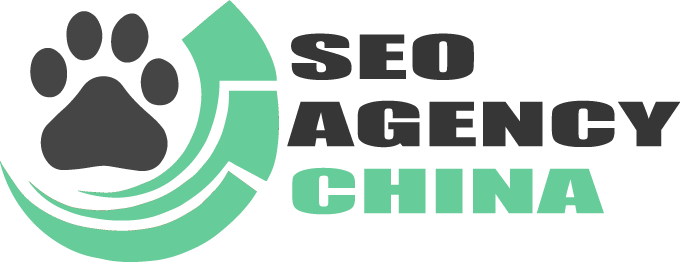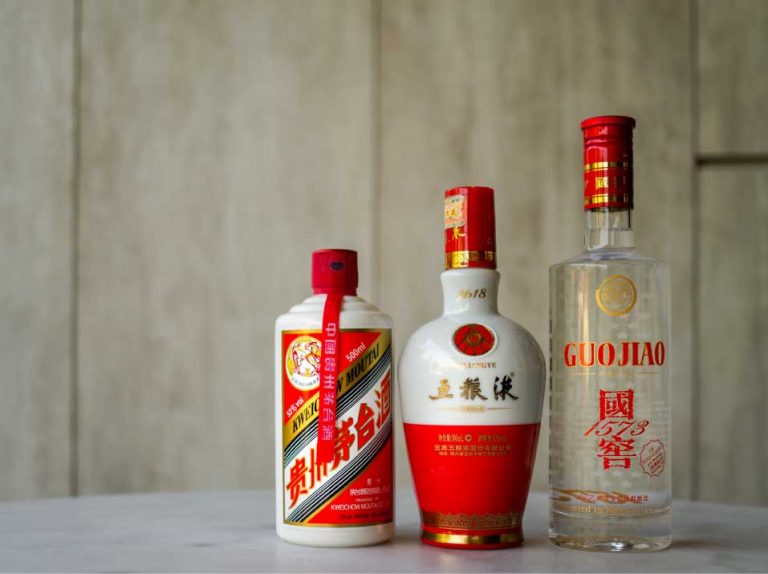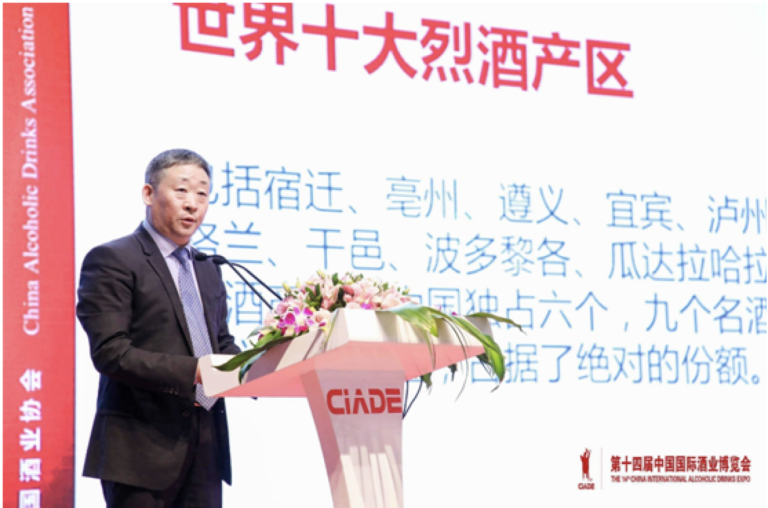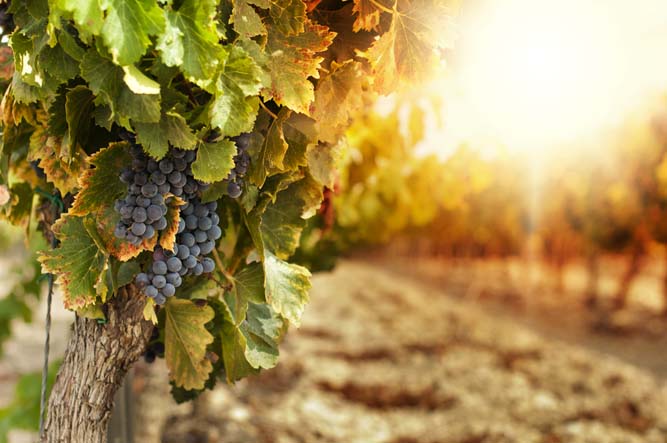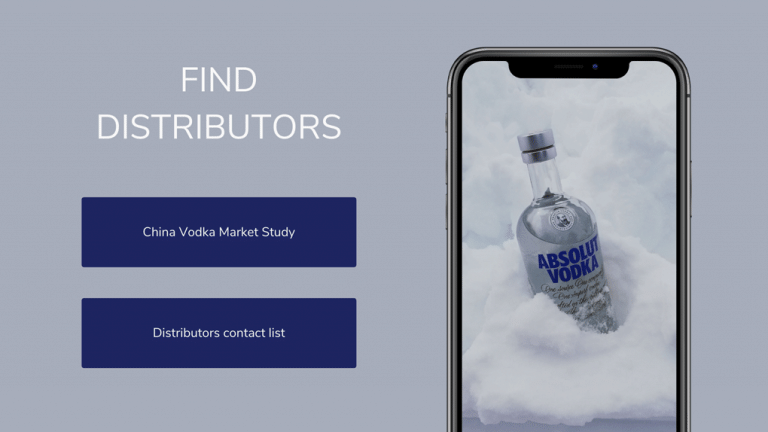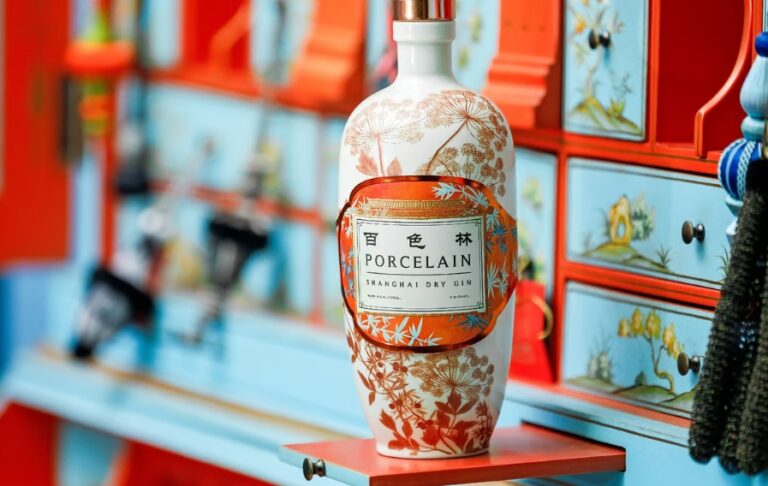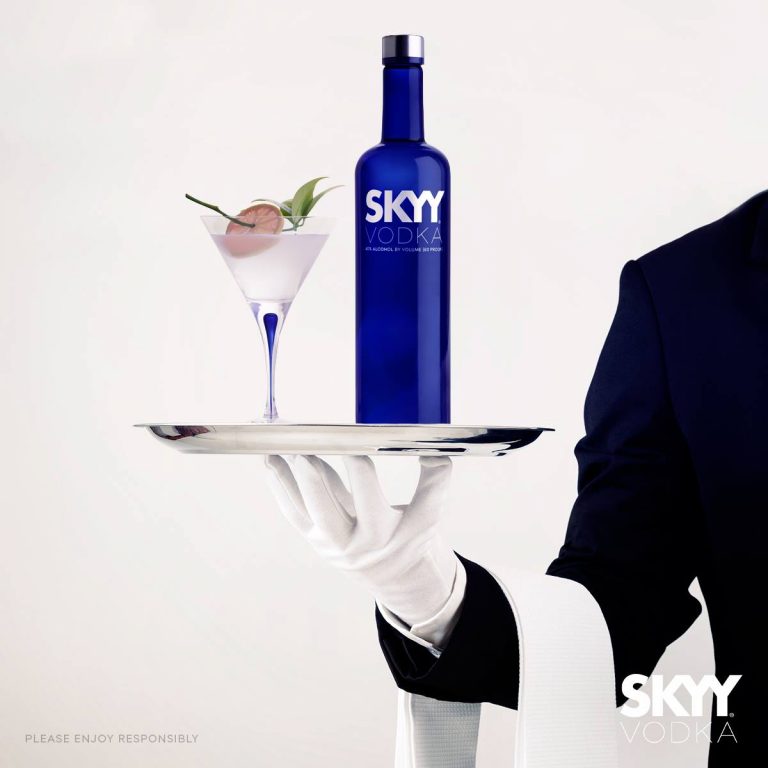Why Whiskey Brands are Selling so well in China?

Cost-Effective Agency
KPI and Results focused. We are the most visible Marketing Agency for China. Not because of huge spending but because of our SMART Strategies. Let us help you with: E-Commerce, Search Engine Optimization, Advertising, Weibo, WeChat, WeChat Store & PR.
The tale of whiskey in China isn’t just about amber spirits poured into a glass. It’s about a market packed with potential, consumer trends, and a clash between Eastern and Western liquors. Let’s dive deep.
5 Emerging Whisky Trends in China GMA

1. Surge in Premium & Single Malt Demand
- Trend: Affluent Chinese consumers are shifting from blended whisky to high-end single malts and limited editions. Brands like Macallan and Glenfiddich dominate premium gifting.
- Data: Single malt imports grew 43% YoY in 2023 (China Customs).
- Example: Diageo’s “The Singleton” saw 200% sales growth on Tmall by targeting luxury buyers.
2. Rise of Local Whisky Distilleries
- Trend: Domestic brands like Penglai and Moutai Whisky (yes, the baijiu giant) are blending Scotch techniques with Chinese ingredients (e.g., tea-smoked barrels).
- Insight: 60% of Chinese consumers under 35 prefer “localized” whisky (CBNData).
- Example: Pernod Ricard launched a “Yangzhou Baijiu Cask Finish” whisky for China.
3. Whisky Cocktails & Youth Culture
- Trend: Gen Z is embracing whisky cocktails (e.g., whisky + milk tea) via social media challenges.
- Platform: Douyin (TikTok) hashtags like #威士忌调酒 (#WhiskyMixology) have 280M+ views.
- Example: Chivas Regal partnered with HeyTea to create a “Whisky Grapefruit Tea” limited-edition drink.
4. E-Commerce-Driven Discovery
- Trend: 70% of premium whisky sales now occur online (Tmall, JD.com). Live-streaming “tasting sessions” drive impulse buys.
- Example: Glenmorangie’s Taobao Live host sold 1,000 bottles in 1 hour during a virtual distillery tour.
5. Whisky as an Investment Asset
- Trend: Rare bottles are traded on platforms like Zhenpin and Alibaba Auction. Collectors prioritize limited editions with NFTs or blockchain authentication.
- Example: A 1986 Macallan sold for ¥1.2M ($165K) on JD’s luxury auction channel.
5 Marketing Tips for Whisky Brands in China:
- Leverage KOLs in Niche Communities
- Partner with “whisky sommelier” KOLs on Xiaohongshu (Little Red Book) to educate consumers on tasting notes and pairing.
- Example: Talisker collaborated with KOL “Whisky Lao Zhang” to review its “Storm” edition, driving 5,000+ UGC posts.
- Create “Gifting-Ready” Packaging
- Design luxury boxes with red/gold motifs for holidays (Chinese New Year, Mid-Autumn Festival). Include QR codes linking to personalized messages.
- Example: Johnnie Walker’s “Blue Label Zodiac Edition” became a top CNY gift in 2023.
- Host Hybrid Offline/Online Tasting Events
- Use WeChat Mini Programs to register users for offline events while livestreaming to broader audiences.
- Example: The Balvenie’s “Craftsmanship Tour” combined physical tastings in Shanghai with Douyin live broadcasts.
- Tap into “Guochao” (National Trend)
- Blend Chinese cultural elements (e.g., porcelain decanters, calligraphy labels) to appeal to patriotic sentiments.
- Example: Royal Salute’s “21 Genies” collection featured designs by Beijing-based artist Jacky Tsai.
- Leverage Data-Driven Personalization
- Use Tmall’s consumer analytics to offer tailored bundles (e.g., “Beginner’s Sampler Kit” for new drinkers).
5 E-Commerce Tips to Sell Whisky in China:
- Optimize for Cross-Border E-Commerce (CBEC)
- Use Tmall Global/JD Worldwide to bypass complex import laws. Offer bonded warehouse shipping for faster delivery.
- Tip: Highlight “zero fake goods” guarantees to build trust.
- Run Livestream Flash Sales
- Host Taobao Live sessions with sommeliers offering limited-time discounts (e.g., “Buy 1 bottle, get free crystal glasses”).
- Example: Dalmore’s 2-hour livestream sold out its ¥8,888 “King Alexander III” bottles.
- Offer Virtual “Taste Tests”
- Use AR tools on Tmall to let users visualize bottles in their homes or scan labels for flavor profiles.
- Bundle with Lifestyle Products
- Pair whisky with cigars, leather decanters, or art books (e.g., “Gentleman’s Whisky Set” on JD.com).
- Focus on Mobile-First UX
- Ensure product pages load quickly on apps like Taobao. Use short videos (<15 sec) to showcase tasting notes.
Pro Tip: Whisky’s Chinese name (“威士忌” wei shi ji) sounds like “powerful scholar” – weave this into storytelling for cultural resonance!
China’s Whiskey Scene: The Numbers
China’s whiskey market, which encompasses the rich range of American, Canadian, Irish, Scotch, and other whisk(e)ys, has seen a roller coaster ride. Between 2015 and 2020, there was a dip at a CAGR of -2.39%, with sales plunging to CNY 5,123.01 Million in 2020 – a significant 23.28% tumble from 2019. But not all was gloom; 2017 sparkled, seeing growth at 7.65%.

The star performer? Irish Whiskey.
It boasted a whopping CAGR of 9.30% between 2015 and 2020. Meanwhile, Scotch Whisky had it rough with a CAGR of -6.50%, though it dominated with a 50.49% market share in 2020.
Despite accounting for merely 1% of China’s spirits market, the future looks golden. China imported a staggering $460 million worth of whiskey in 2021, skyrocketing by 91.7%. By 2025, industry experts predict the market to touch a cool $2.25 billion, a jump from $635 million in 2019.
Read more
The Whiskey Revolution: Why China’s Gen Z is All In
Move over, traditional spirits! Young Chinese consumers are tilting their glasses to whiskey. A stunning 47% of whiskey lovers are Gen Z, with 40% ready to splurge over $145 on a bottle. These are not just any drinkers – they’re urban, educated, and keen to explore.
Whiskey offers them a passport to the world, a taste of European heritage, and a symbol of individuality. From friendly gatherings to grand parties, this spirit is making its mark.
Big Players, Bigger Moves
Global giants like Diageo have tuned into the rhythm, witnessing a 20% YoY growth in whiskey sales in Asia Pacific during 2022’s first half. The Macallan even unveiled its largest travel retail boutique in Haikou, China, in December 2022.
However, the market isn’t without its challenges. While whiskey gains traction, baijiu, a local colorless liquor, reigns supreme, making up 69.5% of the alcohol market in 2021. Additionally, whiskey still seems to be a gentleman’s drink, with 88% of Gen-Z consumers being male.

Brands are innovating. Bowmore has blended its whiskey with elements from Chinese mythology, while Johnnie Walker partnered with designer Angel Chen for a Lunar New Year special.
Content Localization: The Game-Changer
The strategy? Go local to go big! International players are setting up shop in China.
Pernod Ricard’s distillery in Emeishan, Sichuan, was the first to be owned by an international group, beginning production in August 2021. Diageo isn’t far behind, announcing a $75 million distillery in Yunnan in November 2021.

Chinese brands are joining the race too. Tsingtao, a prominent beer brand, hinted at adding whiskey to its portfolio in 2020. source Jingdaily
Why Whiskey is the Future Spirit of China?
Baijiu’s grip is strong, but it’s aging. In 2021, the average age of a baijiu consumer was 45. On the other hand, whiskey appeals to the youth, resonating with modern lifestyles.
Whiskey brands need to foster connections with young consumers and educate them on the drink’s legacy. Marrying European traditions with Chinese culture will be their recipe for success.
And that’s the story so far. The final chapter? Only time (and perhaps a neat glass of whiskey) will tell.
Read more
Our case study
